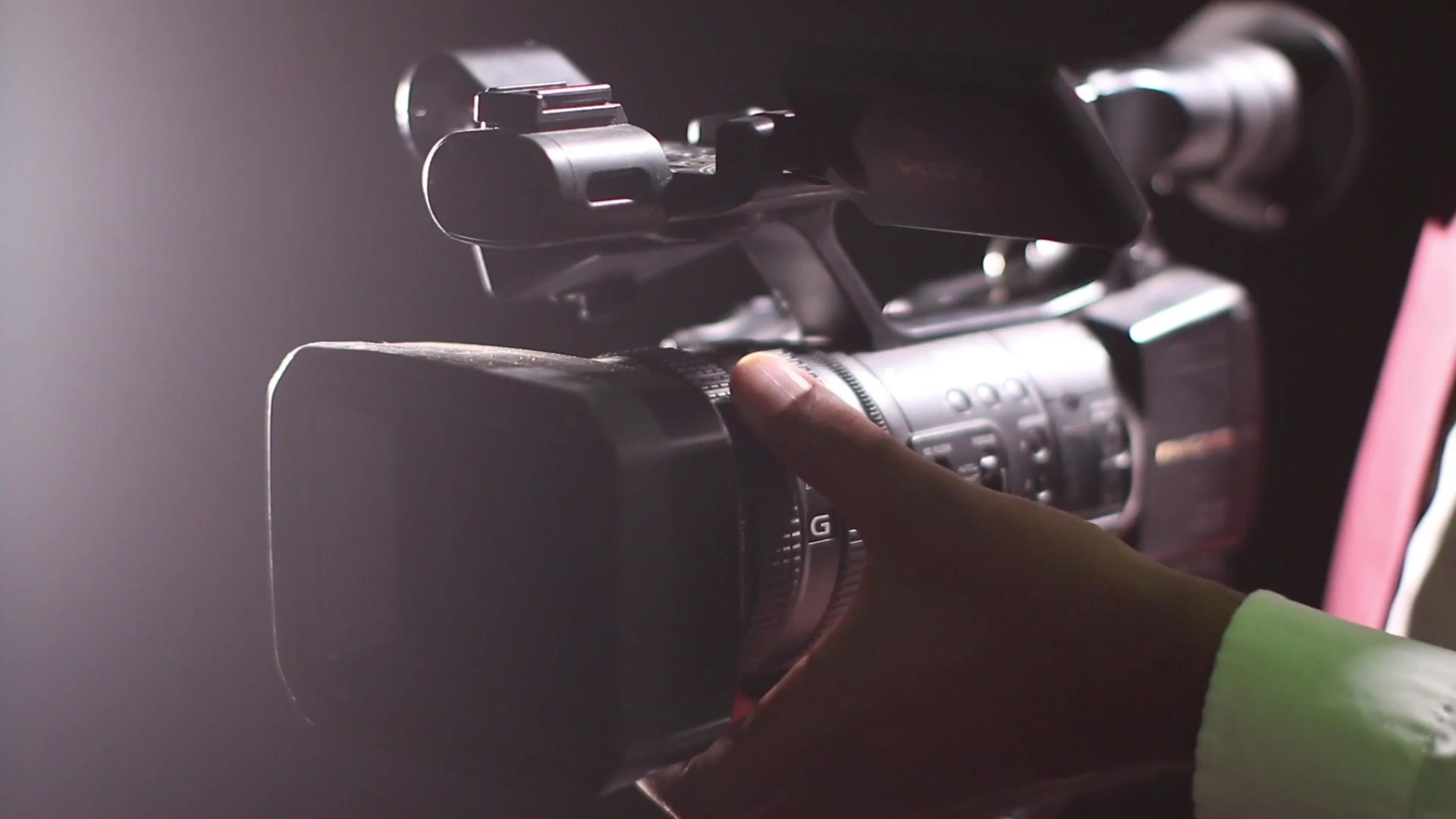The importance of a good font
- Novus
- Oct 11, 2022
- 3 min read
We talk a lot about branding and a business’s outward appearance. More than simply ‘how your website looks’, your branding can encompass many different aspects, such as your online presence and social accounts, your marketing literature, your approach to customer service, how you deal with criticism and bad reviews, and a whole host of other things.
If you’re currently going through a branding exercise, you may wonder why the marketing agency or designer you’re working with keeps banging on about the font(s) you’re going to use. Maybe you’re inwardly thinking ‘Does it matter? Just pick one!’ when they ask you for your thoughts…after all, the font you use isn’t that important, is it?
The art of typography is crucial, as you’ll see if you read on.

Perhaps the organisation behind ‘The Cut’ national park in Ireland should have put more thought into their chosen font. Once it’s beaming out from all your ‘touch points’, it’s a little late to be spotting problems as significant as this.

This example is potentially as offensive. And all the manufacturer wanted to do was sell their cute flickering lights to the public…but the font they chose for their packaging had other ideas.

In this one, the chosen font isn’t too much of an issue…it’s modern and appropriate enough. However, that is until you put certain combinations of letters together. There’s no doubt that increasing the spacing between the ‘c’ and the ‘l’ may have diluted this error, but it wouldn’t have eradicated it altogether.

Another example of poor letter placement in branding. Are they offering a relaxing massage or a terrifying sexual assault? Who knows?

A font doesn’t have to create offence to be a poor choice—take the following example. Now, if we were to conjure up associations around the name Harley Davidson, we’d think of long-haired bikers, lots of denim, colourful bandanas, that sort of thing. What we wouldn’t visualise is a cursive, feminine font that looks like it’s come straight out of a teen comic.

On a similar note, do you think Ashley will offer a professional accounting service, looking at the font they chose to promote their services? This must be a joke—they can’t even spell! That’s beside the vibe they’re giving off, which suggests they may complete your tax return with a crayon.

Again, this example isn’t really about the poor choice of font. The letter placement is okay, too. However, the designer got a bit carried away in a bid to make the sign ‘fancy’. In doing so, they made the ‘D’ almost invisible. That would be a problem for most businesses, losing a letter from their business’s name—however, it’s an absolute disaster if the remaining letters spell out something else entirely…
Designers aren’t fans of the Comic Sans font. Not only is it seen in every amateur poster (church bun sale, anyone?), it looks childish and certainly doesn’t give off the professional image a serious business would hope to project. That said, sans serif fonts aren’t always the bad guys. Research has shown that they’re much easier to read than many other fonts, which can be good for accessibility—i.e. reaching people with disabilities and/or visibility problems.
Sometimes, a font can be harmless and inoffensive, and come with no spacing problems to be aware of, but it can still be a poor choice. Options such as Arial and Times New Roman are the default fonts in many Microsoft applications. Their frequency means that, whilst your branding won’t stand out for the wrong reasons, it won’t exactly stand out for the right ones either—in fact, it won’t actually stand out at all.
Script and cursive fonts are options to be careful of. In the right place, these can appeal to a very specific target audience effortlessly (young, relatively affluent females); however, because this font is so ingrained within this demographic, it rarely appeals to any other. These fonts can also be difficult to read, the more it appears on a page/in literature. Limit it to headings only and ensure the text can be read easily—consumers’ attention spans are so short, the last thing you want is a message that takes a good few minutes to decipher. Who’s got that sort of time and commitment on their hands?!
So, far from being a relatively unimportant consideration in your branding decisions, the font you use is actually crucial. The visual language of a design can say as much, if not more so, that the letters themselves.














